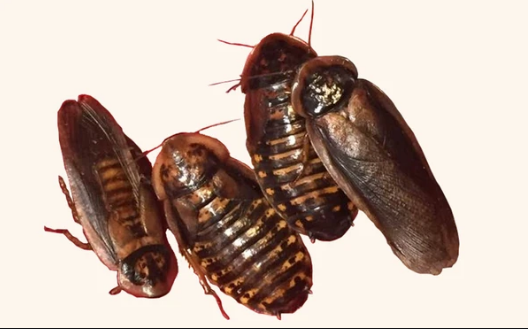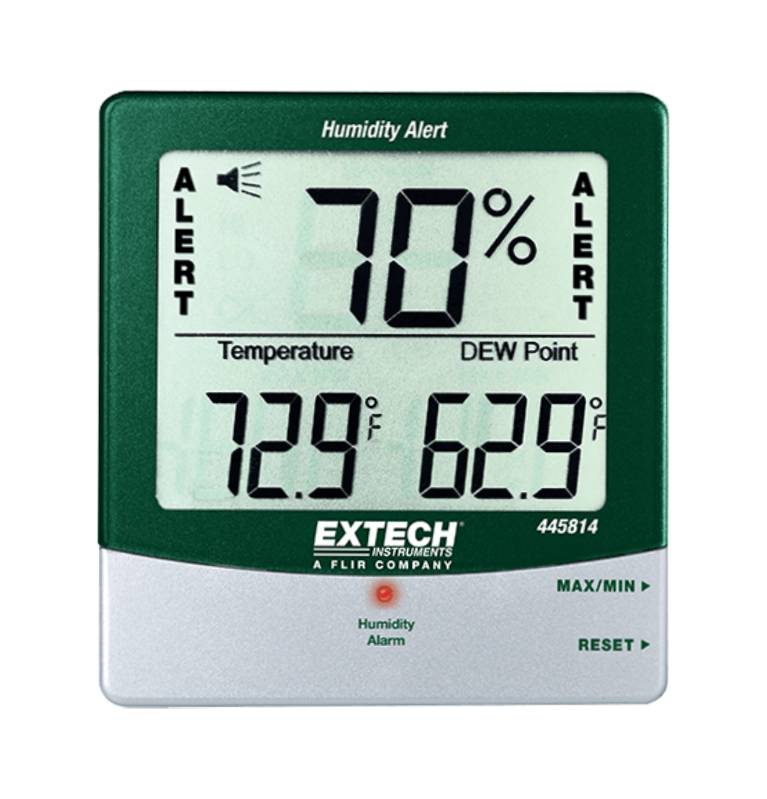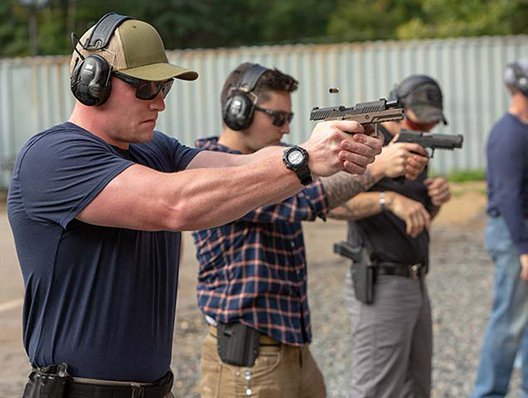Presently the time has come to begin a breeding colony. These are the means to follow to allow you to succeed and get a large portion of your breeding colony for dubia roaches for sale. You should know at this point what housing is ideal and which food things you should take care of the roaches. That is our beginning stage, and from here, we will go stage-wise on making and dealing with a dubia roaches breeding colony.
Stage 1. Plan your colony -: To start with, you have to decide the number of dubia roaches you need to take care of. This sum is your primary objective for beginning the breeding colony. If you realize that sum, you can generally extrapolate the number of roaches you need in your colony to give that and to keep self-continuing. If it isn’t huge roaches you need, at that point, it is ideal, to begin with, 30 breeding females. If you have numerous animals that are taken care of with cockroaches, you’ll need more like 60 or 100 breeding females. As a general guideline, it is acceptable, to begin with, 60 breeding females. It requires some investment to build up a self-supporting breeding colony and to adjust all boundaries to keep them in the most ideal condition. Particularly before all else, it would be acceptable practice to choose the most extreme sum that you can miss from your beginning colony that can be taken care of to the animals. With different words, that you don’t take care of numerous roaches, so you’ll keep your colony self-supporting. The key is to consistently keep this beginning measure of breeding females.
Stage 2. Start your colony -: Set up your breeding bin(s) to get your first breeding colony. You can purchase your first dubia roaches at an animal store or bug seller, or get them from other reproducers. You can even get dubia roaches online if you need it. At the point when you get your colony, you have to mean to get a male to the female proportion between 1:3 to 1:7. Between these proportions, you’ll get the best breeding outcome. As it were, to start with, you’ll simply have what you have. Be that as it may, after raising the first generation nymphs, you’ll gradually need to choose to this proportion in your breeding colony. So you can take care of the genders that you’ll have an excess of at that point. At certain stores, you can choose the number of males and females you need.
Stage 3. Cleaning enclosure bins -: You’ll have to clean the enclosure bins routinely. Cleaning is quite simple, likewise as there is no substrate. When cleaning the bin, you’ll need to eliminate the old skins, unused frass, food remains, and dead roaches.
You can make this simpler by temporarily setting the egg flats in another bin while cleaning as most roaches will remain in there. What additionally works very well is having one enclosure bin extra, so you can move a colony in this clean enclosure and a while later make the current enclosure clean once more. At that point, you have one clean enclosure prepared at this point for the following cleaning task.
While eliminating frass, you should be cautious not moving out such a large numbers of nymphs that cover-up in it. You can utilize a basin with little holes in it to shake and separate the frass from nymphs. The frass can help to fall down the holes isolating the roaches. Nymphs that have recently developed are known to cover up in the frass and eat from it, so never discard all the frass when cleaning.
Stage 4. Dealing with nymphs -: There is no compelling reason to make any improvements when the primary nymphs rise. When including change makes it more distressing for the colony and impacts breeding outcomes. The consideration of nymphs should effortlessly be possible when leaving them inside the breeding colony. The temperature of 30-32ºC is additionally ideal for babies. In reality, a steady temperature is significant for them and nymphs can’t deal with variances and temperature limits.
In this guide, breeding dubia roaches is simple if you get ready yourself and utilize these tips that are referenced here.







